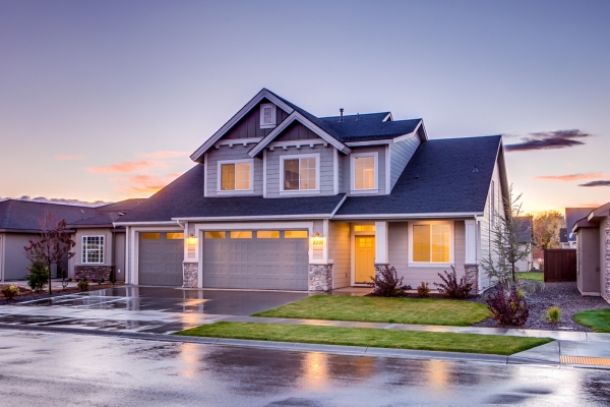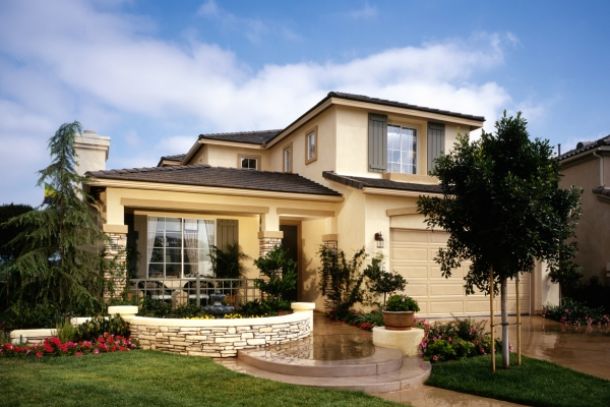Smart Wooden Home Integration: Enhancing Functionality and Efficiency
Smart Wooden Home Integration: Enhancing Functionality and Efficiency
The modern wooden home is evolving beyond its rustic charm to embrace smart technology that elevates functionality and energy efficiency. “Smart Wooden Home Integration: Enhancing Functionality and Efficiency” explores how digital tools, automation systems, and innovative design principles are revolutionizing the construction and living experience in wooden houses. This guide provides a detailed look at integrating smart home features into traditional timber construction, ensuring that your wooden home is both aesthetically pleasing and technologically advanced.
Introduction
Wooden homes have long been celebrated for their natural beauty and sustainability. Today, the integration of smart technologies transforms these traditional structures into modern, efficient living spaces. By incorporating digital design, automated systems, and energy management tools, homeowners can achieve a harmonious balance between timeless craftsmanship and modern convenience. This article examines key strategies to seamlessly integrate smart technologies into wooden home construction.
The Role of Digital Design and Automation
Digital Planning Tools:
The integration process begins at the planning stage. Advanced design software, such as CAD and Building Information Modeling (BIM), enables precise visualization and simulation of smart features within your wooden home. With these tools, you can plan the optimal placement of sensors, automation devices, and energy-efficient windows to ensure that every element works in harmony.
Automation in Construction:
Robotic cutting machines and automated prefabrication techniques are increasingly used to create precise timber components. These modern methods reduce human error and material waste, ensuring that smart systems can be integrated smoothly. Automation during construction not only speeds up the building process but also sets a solid foundation for incorporating digital control systems.
Integrating Smart Home Systems
Climate and Energy Management:
One of the most impactful smart technologies in wooden homes is an automated climate control system. Smart thermostats and integrated HVAC controls adjust heating, cooling, and ventilation in real-time based on occupancy and external weather conditions. This system, paired with high-performance insulation, maximizes energy efficiency and creates a comfortable indoor environment.
Lighting and Security Automation:
Modern smart lighting systems can be programmed to adjust brightness and color based on natural light availability or time of day. Similarly, security systems with motion detectors, cameras, and remote access provide enhanced safety without disrupting the aesthetic integrity of a wooden home. These systems can be controlled via smartphone apps, allowing homeowners to monitor and adjust settings remotely.
Energy Monitoring and Renewable Integration:
Smart energy management systems offer real-time data on energy consumption, helping you optimize usage and reduce costs. By integrating renewable energy sources, such as solar panels, with smart storage solutions like batteries, you can create a near self-sufficient home. The system’s software analyzes usage patterns and adjusts settings to ensure maximum efficiency and minimal energy waste.
Seamless Integration with Traditional Timber Construction
Planning for Conduit and Connectivity:
When constructing a wooden home with smart integrations, it’s essential to plan for electrical wiring and sensor placement from the start. Designate channels for wiring within the framing and install conduits that allow for future upgrades. This foresight ensures that smart devices can be added or replaced without compromising the structural design.
Hybrid Construction Techniques:
Integrate modern fasteners and digital tools with traditional joinery. While hand-hewn timber and classic joinery offer unmatched aesthetic value, modern connectors and sensors provide functionality. A hybrid approach preserves the natural beauty of wood while embedding cutting-edge technology, resulting in a home that is both timeless and innovative.
Benefits and Challenges
Enhanced Comfort and Efficiency:
Smart integration brings tangible benefits: energy savings, improved indoor air quality, and greater security. Automated systems adjust to your lifestyle, providing a seamless living experience that enhances comfort and reduces operating costs over time.
User-Friendly Interfaces:
A critical aspect of smart home integration is ensuring that systems are intuitive and easy to use. Modern smart home platforms offer user-friendly interfaces, allowing you to control lighting, temperature, security, and energy management from a single app. This centralization simplifies daily routines and enables better control over your home environment.
Challenges and Adaptability:
Integrating smart technology into a traditional wooden structure can present challenges. These include ensuring proper insulation around digital components, avoiding interference with the natural aesthetics, and planning for future technology upgrades. However, with careful planning and a flexible design approach, these challenges can be overcome, leading to a highly adaptable and future-proof home.
Conclusion
Smart Wooden Home Integration is redefining modern living by marrying the timeless qualities of timber with the efficiencies of digital technology. By leveraging advanced design tools, automation during construction, and integrated smart systems, you can create a wooden home that is both beautiful and remarkably efficient. Embrace these innovations to enhance every aspect of your wooden home—from energy management and security to overall comfort and convenience. With thoughtful planning and a willingness to blend tradition with technology, your wooden home can become a cutting-edge sanctuary that stands the test of time.


